Hello to the Busy Bee community,
Today I am bringing you a post written by Sarah Miller, author of Can We Read, a weekly guide to children’s books, raising readers, and how to build a culture of reading in your home. I’ve been following Sarah’s newsletter for a few months now. Her passion about books and how she writes about them is uplifting and inspiring. And what a curator of excellent titles! She put together this post for my audience and I, in turn, will write a post for her readers about how best, as parents, to support kindergartners on their path to reading.
And so, without further adieu, I bring you Sarah Miller.
Recommended Read-Alouds for Kindergarteners
by Sarah Miller
Kindergarten is, arguably, the greatest age for reading aloud – your rapt audience will happily listen to and look at picture books, but they are also capable of getting deeply involved with chapter books. Meeting them in that sweet spot, showing them by example how joyful and fun reading can be, is vital to their development as readers – and as humans.
Below are reviews of six picture books and one chapter book – each originally appeared, at one time or another, in my newsletter, Can we read?, a weekly guide to children’s books and how to build a culture of reading in your home – as well as a list of additional books I recommend.
May these titles inspire and support you in your classroom, and delight your emerging kindergarten readers.
The Little Red Fort by Brenda Maier, illustrated by Sonia Sanchez (2018)
“The Little Red Hen” is a classic folktale for a reason — it’s a teaching story with a good wholesome moral, told in a repetitive way that makes it satisfying for children and adults alike.
But the traditional ending has always bothered me — when the hen’s companions ask her for some of the bread that she has worked entirely on her own to make, without the help they have repeatedly denied her, she refuses them, telling them curtly, “No, I will eat it myself.” It’s not that she’s wrong, exactly — it’s clear to even a child (and that’s the point, of course) that if you aren’t willing to do the work, you don’t deserve to reap the rewards — but something has just been missing for me there, a lack of resolution.
When I found Brenda Maier’s retelling a few years ago, it was a relief to see that her spin on this tale solves the problem of the ending so beautifully. Here, a little girl named Ruby has an idea to build a fort. She asks her brothers to join in, but they refuse: “‘Not me,’ said Oscar Lee. ‘I don’t think so,’ said Rodrigo. ‘No way,’ said José.” So she ends up doing everything herself.
But instead of the terse, though deserved, ending of old, Maier’s revision is filled with self-reflection, gestures of repair, forgiveness, and real resolution for everyone involved. The other ways that Maier swerves from tradition here are refreshing as well: Ruby’s family is Latinx, and it’s her mother and grandmother who help her with the more challenging aspects of woodworking. Sánchez’s bright-colored, rough-edged modern illustrations add to the fresh-twist feeling.
All that combined makes this an outstanding — dare I say even better than the original — title.
Boxitects by Kim Smith (2019)
Boxitects begins with, well, a boxitect — a breed of dreamer, designer, and builder different from blanketeers, spaghetti-tects, or tin-foilers — named Meg, who meets her match in maker school in the form of another little girl, another (gasp!) boxitect named Simone.
Simone is new, is “brilliant and creative,” is “already making things Meg had never dreamed up.” On the last day of school, at the annual Maker Match, a make-off ensues, as Meg and Simone do everything in their power to out-think, out-create, and out-build one another. Eventually, of course, their competition gets out of hand — they spend so much time arguing and criticizing, building both tensions and their creations higher and higher until everything literally comes crashing down. Neither of the girls wins the contest or, frankly, comes even close, and this causes them to realize how ridiculously they’ve acted. Meg and Simone manage to salvage a project they create together but much more importantly, form a friendship based on mutual respect, creativity, and passion.
Smith’s digital illustrations are bright and active, telling as much of the story as her prose. This title has great appeal for kids of all ages — who hasn’t had an enemy who somehow turned into a friend? — and for anyone who has ever had a competition get a little out of hand. It is also a fabulously inspiring read for any child who has access to cardboard boxes — we never finish this book without my children declaring all the new things they are going to construct (the best part is that they actually do).
Start off your hands-on, makerspace projects by reading with this one — you won’t regret it.
Grandmother Spider Brings the Sun by Geri Keams, illustrated by James Bernardin (1995)
We love nature stories of every kind and have many authors and collections that we favor, but as with every part of our children’s library (and my own), I want to make sure we’re representing a variety of voices, cultures, perspectives, oral and written histories,. Indigenous storytelling (and outlooks) has a place on every bookshelf, and there are some excellent titles out there (see anything by Joseph Bruchac; we love Native American Animal Stories). Grandmother Spider Brings the Sun is one of them.
A long time ago, one side of the world was always dark and Wolf was tired of everyone bumping into him all the time because of it. At first he wanted to go to the other side and ask for a piece of the sun, but Coyote, in his traditional trickster role, disagreed and convinced everyone they should steal the sun instead. Possum and Buzzard made valiant tries, but failed. Then Grandmother Spider volunteered.
Readers aren’t privy to every detail here — Bernardin’s illustrations are fun to look at but leave enough to the imagination that the reader does more work in the head and heart than through the eyes (this is a compliment) — and I like how the focus is on oft-maligned creatures as well as on under-appreciated roles (when Wolf tells Grandma Spider she is too old and slow to do this job, she retorts, ‘I know I’m old. You don’t have to tell me I’m old. But I want to help my people one more time.’)
Grandmother Spider succeeds slowly but with wisdom and tenacity. It’s a lovely tale.
Big Bad Bruce by Bill Peet (1977)
What can we say about Bruce? Well, Bruce is not a considerate bear. One would not find him helping humans or contributing to the world. One would not find him being kind. One would, however, find him being himself: big and bad.
Bruce, “a great shaggy brute” wanders up out of a canyon one day, putting the smaller creatures on edge, and with good reason. As long as Bruce is busy all is well, “but when the big fellow was feeling frisky and ready for fun it was time to beware of the bear.” Bruce’s idea of fun is familiar to anyone who has hung out with or around a bully — not the brutal, unrelenting kind but the more casual, off-hand kind. He likes to scare everyone, regularly tumbling rocks down onto the smaller creatures.
One day, this smaller creature turns out to be a spirited little witch named Roxy, who is so disgusted by Bruce’s behavior she decides to fix him by baking a pie — “in a trizzle and a trice she whipped up a filling of blueberries and honey” — which she tempts Bruce with, to great success. A pie made by a witch is, of course, a magic pie, and this one shrinks Bruce right down to size, turning him into one of the small creatures he so often delights in tormenting.
If you’ve never read Peet before, you’re in for a treat — he wrote and illustrated for Walt Disney Animation Studios for nearly 30 years (until he quit over a falling out with Walt over The Jungle Book) and it shows in all his work. (His images have a strangely familiar look about them even if you’ve never seen them before. This is most obvious if you grew up with the old movies, like I did — I can see a ton of visual similarities between Peet’s work and One Hundred and One Dalmatians and The Sword and the Stone.)
What I like best about this title — which is long and absolutely stuffed with wonderful, varied vocabulary words, both characteristic of Peet books — is that Bruce is completely unrepentant. Oh, there is a happy ending — Roxy keeps Bruce small and learns to like him, Bruce is content in his changed life — but there is no redemption, there is no “big bad bear becomes good.” Even as a bear shorter than a zinnia he just keeps on being his bad self, and I think that is part of the major appeal of this title, which has riveted both my 4yo and 6yo on every read: sometimes people just are who they are, sometimes they never change.
Even bears.
Suki’s Kimono by Chieri Uegaki, illustrated by Stéphane Jorisch (2003)
Suki’s two older sisters think she should wear something new and cool to their first day of school, but Suki wants to wear her favorite thing — the kimono her obāchan gave her on the occasion of their trip to a Japanese street festival, where together they ate cold noodles and shaved ice and danced with other women and children in a traditional circle dance.
Her sisters think this is the wrong choice, but Suki goes ahead with her plan, enduring the stares and whispers of her classmates with cheer, even going so far as to share her experience at her new teacher’s request, in front of the class, dancing in her special kimono for everyone to see. When she finishes her dance and the room is silent she wonders if she’s in trouble — instead, the room explodes with applause, and when she heads home with her sisters, both disappointed that no one noticed their new, cool clothes, Suki is the one who dances all the way.
Jorisch’s evocative, colorful illustrations deftly support Uegeki’s straightforward telling of this special story, making room for Suki to shine in all her brightness as a heroine who knows her own mind and her own worth, and takes pride in who she is.
In a publishing world full of didactic messaging about self-esteem, bravery, and confidence (which has both positive and negative aspects, in my opinion), this title shows rather than tells how valuable it is to be yourself and to believe in yourself — and instead of dancing like no one’s watching, dance like you know everyone is.
Me First by Helen Lester, illustrated by Lynn Munsinger (1992)
Pinkerton is a “pink, plump, and pushy” pig who will do anything to be first. Haven’t we all met someone like this? That guy who’s a bit of a jerk and thinks he’s entitled to everything? (Since I’ve met plenty of them, I’m just going to go ahead and assume yes.)
Pinkerton gets away with all this behavior until one day, on a day trip to the beach with his Pig Scout troop, he messes up. In his rush to always be first, he literally turns snout over hoof to answer a mysterious call coming from somewhere unseen: “Who would care for a sandwich?” It turns out the person making the entreaty is actually a Sand Witch (this is always the point where I lose it laughing and wish I could be half as clever) and Pinkerton, unknowingly, has volunteered to care for her.
She makes sure he does — he powders her nose and combs her toes, he feeds her supper from a bucket (it’s spaghetti). He does a whole list of chores before tucking her into bed — but not before she makes him tell her a bedtime story about a “wise and beautiful Sand Witch” who shows a pushy pig that first isn’t always best.
Sigh. If only we could deal with people in such a hilarious, vibrantly illustrated, gentle way. The lesson here is handled with the perfect touch of levity. Don’t miss it.
Too Small Tola by Atinuke, illustrated by Onyinye Iwu (2020)
My family and I love Atinuke — I will buy anything she writes, sight unseen, which is precisely what I did last year when I pre-ordered Too Small Tola (just the fact that I pre-ordered a book says something). I was hoping, just the tiniest bit, for another Anna Hibiscus (Atinuke’s most famous and beloved character, another fantastic option for kindergarten read-alouds), and I wasn’t disappointed insofar as Tola is very much her own, lovable person, and I’m glad.
This episodic chapter book comprises three short stories about tiny Tola, her bossy Grandmommy, her supersmart sister Moji, and her fast, football-obsessed brother, Dapo, and the things that happen to them in their life together in Lagos, Nigeria. These tales, told with all the freshness and honesty of a small girl in a huge city, are full of heart and humor — whether it’s enduring a marathon of errands with Grandmommy, bringing water from the pump when the faucets in the apartment break, watching an elder stand up to a bully, or helping out a friend in need (Mr. Abdul, the tailor, who suffers an accident and can no longer take his customers’ measurements relies on Tola to do the work he can’t, which keeps his business running),
Tola proves again and again that she may be small, but she’s mighty — and it makes for a mighty fine, delightful read.
Like I said, the way Sarah writes about books… it makes you want to sign up for her newsletter, doesn’t it?
And, of course, it makes me want to get all the books! The one I connected with the most and plan on using next school year is The Little Red Fort. You may or may not know that I teach with weekly themes and one of my favorite weekly themes is The Little Red Hen. I have several books that go beyond the original message and it’s so fun to watch my students’ thinking—and their ability to explain their thinking—grow as the week goes on. You—and Sarah, too—might want to check out these titles:
The Little Yellow Chicken by Joy Cowley
The Little Yellow Chicken’s House by Joy Cowley
Who Will Help? by Rozanne Williams
The Little Green Hen by Alison Murray
The Little Red Hen Makes a Pizza by Philemon Sturges
I’m eyeing Me First, too, for some social emotional teaching because we all have that one student…
My two girls are all grown up and, I’m telling you, one of the things I miss the most about them being little is sitting together and reading two or three times every day. There were so many books in our house. I bought and bought, knowing I could take them to my classroom as my girls outgrew them.* Thank goodness that, as a kindergarten teacher, I still have the pleasure of reading with kids two or three times a day. Lucky me. And lucky you if you still have littles at home.
*Have you heard this funny? Teaching is the only career where you have to steal supplies from home and bring them to the job.
Additional highly recommended read-alouds for kindergarteners
Oh, and in case you’re on summer break and will be taking your kids to the public library or just spending some time trying to beef up your classroom library, Sarah was kind enough to also give us this list!
Picture books
Roar of a Snore by Marsha Diane Arnold
Ma'ii and Cousin Horned Toad by Shonto Begay
Raccoon's Last Race by Joseph Bruchac and James Bruchac
Bravery Soup by Maryann Cocca-Leffler
Super Manny Stands Up! by Kelly DiPucchio
The Rabbit Listened by Cori Doerrfield
The Seven Silly Eaters by Mary Ann Hoberman
Izzy Gizmo by Pip Jones
The Island of the Skog by Steven Kellogg
Grumpy Monkey by Suzanne Lang
Strictly No Elephants by Lisa Mantchev
One Monster After Another by Mercer Mayer
Captain Cat by Inga Moore
Just a Minute: A Trickster Tale and Counting Book by Yuyi Morales
Can I Give You a Squish? by Emily Neilson
Thunder Rose by Jerdine Nolen
The Smallest Girl in the Smallest Grade by Justin Roberts
Counting Crocodiles by Judy Sierra
Mrs. Biddlebox by Linda Smith
The Three Little Wolves and the Big Bad Pig by Eugene Triviza
Poetry
I Am Loved: A Poetry Collection by Nikki Giovanni
Once Around the Sun by Bobbi Katz
The Ice Cream Store by Dennis Lee
With My Hands: Poems About Making Things by Amy Ludwig VanDerwater
Hello Earth! by Joyce Sidman
(Wondering why you should incorporate poetry in your classroom? Read my post Why Poetry Matters for Children about how it supports literacy skills, scaffolds emerging readers, exposes kids to all sorts of language, vocabulary, and grammar, enhances memory, and more.)
Chapter books
Arabel's Raven by Joan Aiken
A Boy Called Bat by Elana K. Arnold
The Stories Julian Tells by Ann Cameron
A huge THANK YOU to Sarah for this guest post. I’m sure my readers welcomed this change of pace. Me too. So fun to collaborate. And I can’t wait to check out that long list of titles to determine the best time to squeeze some of them into next school year’s lesson plans.
Randee

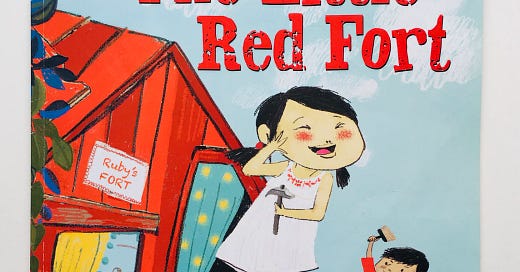




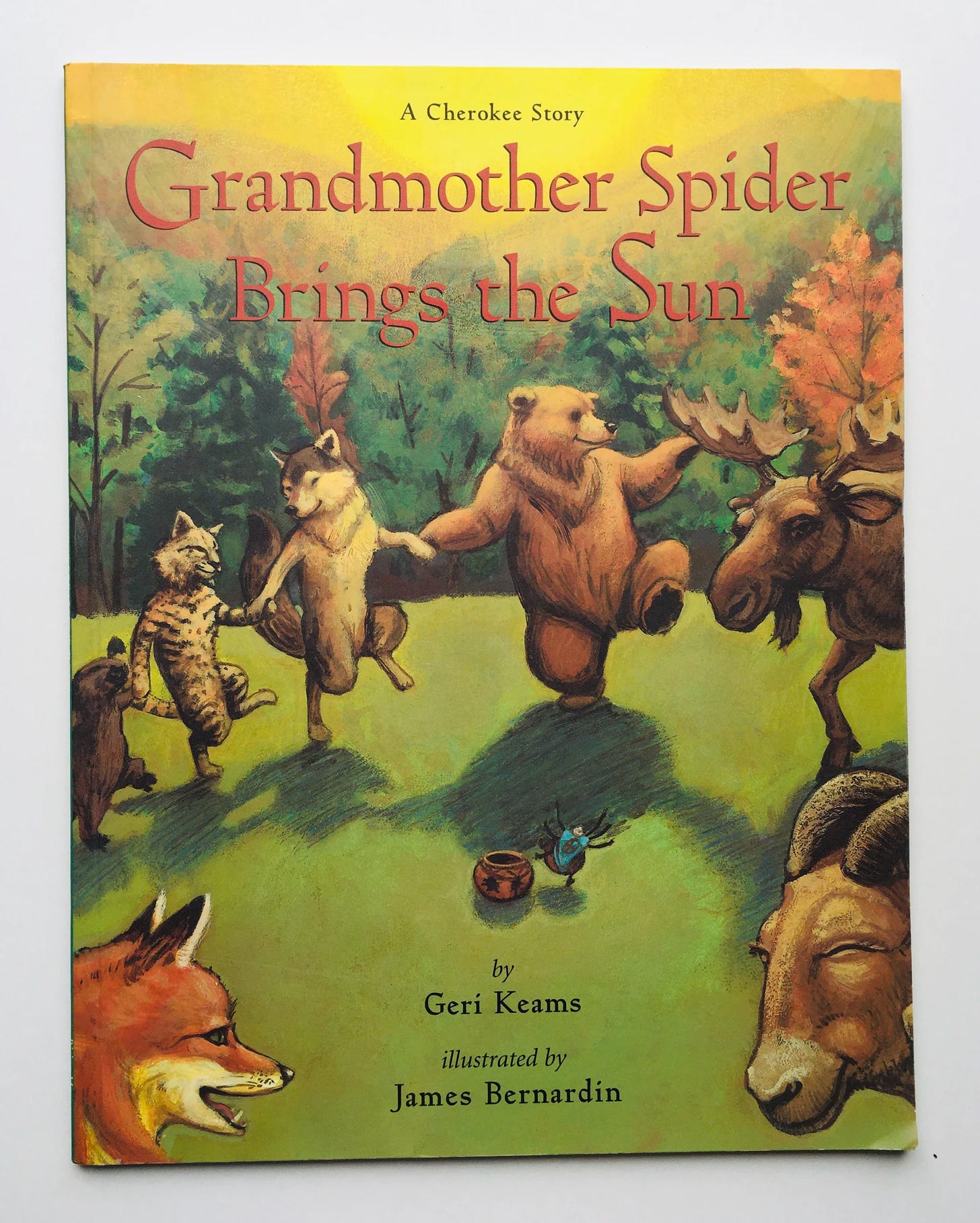
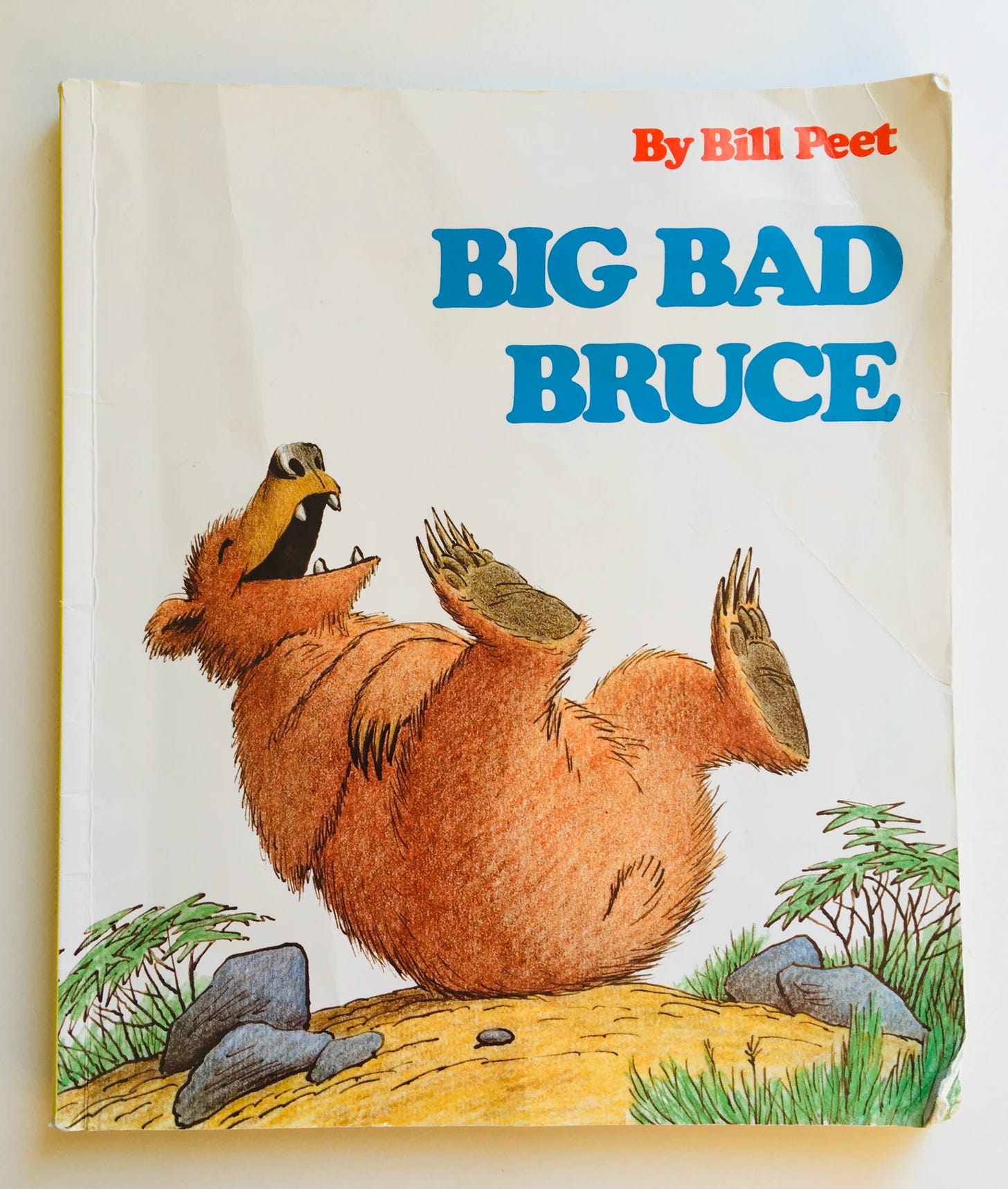
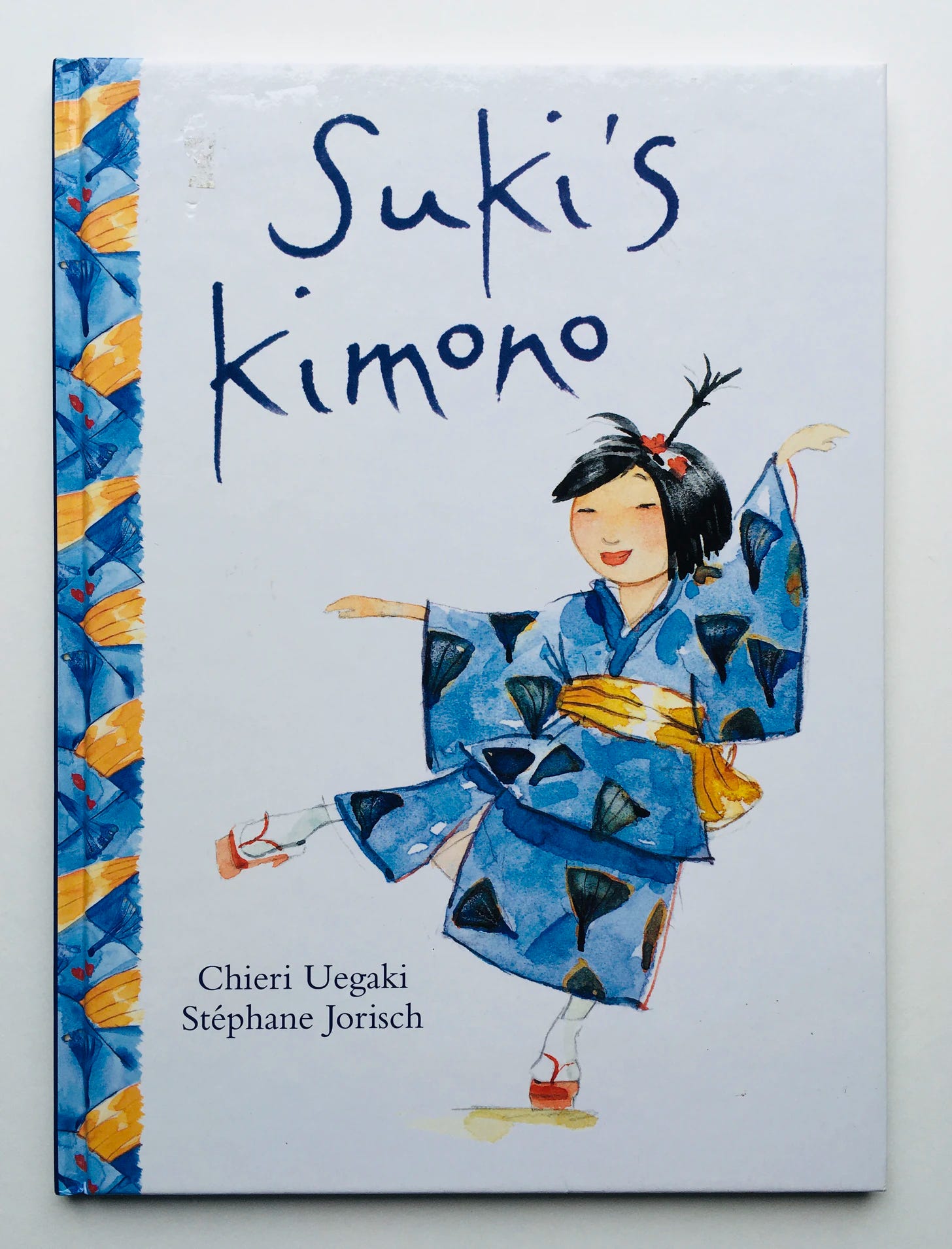
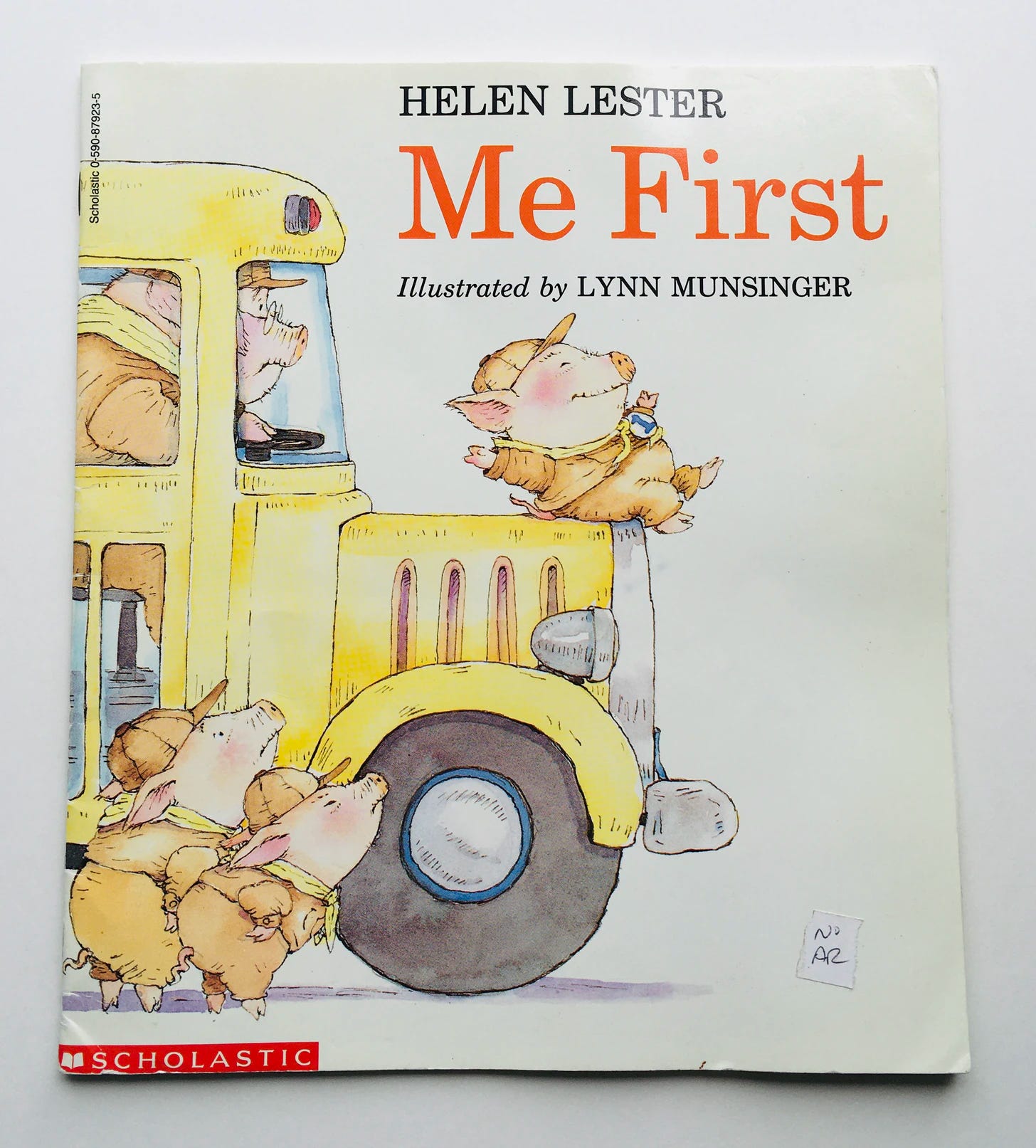
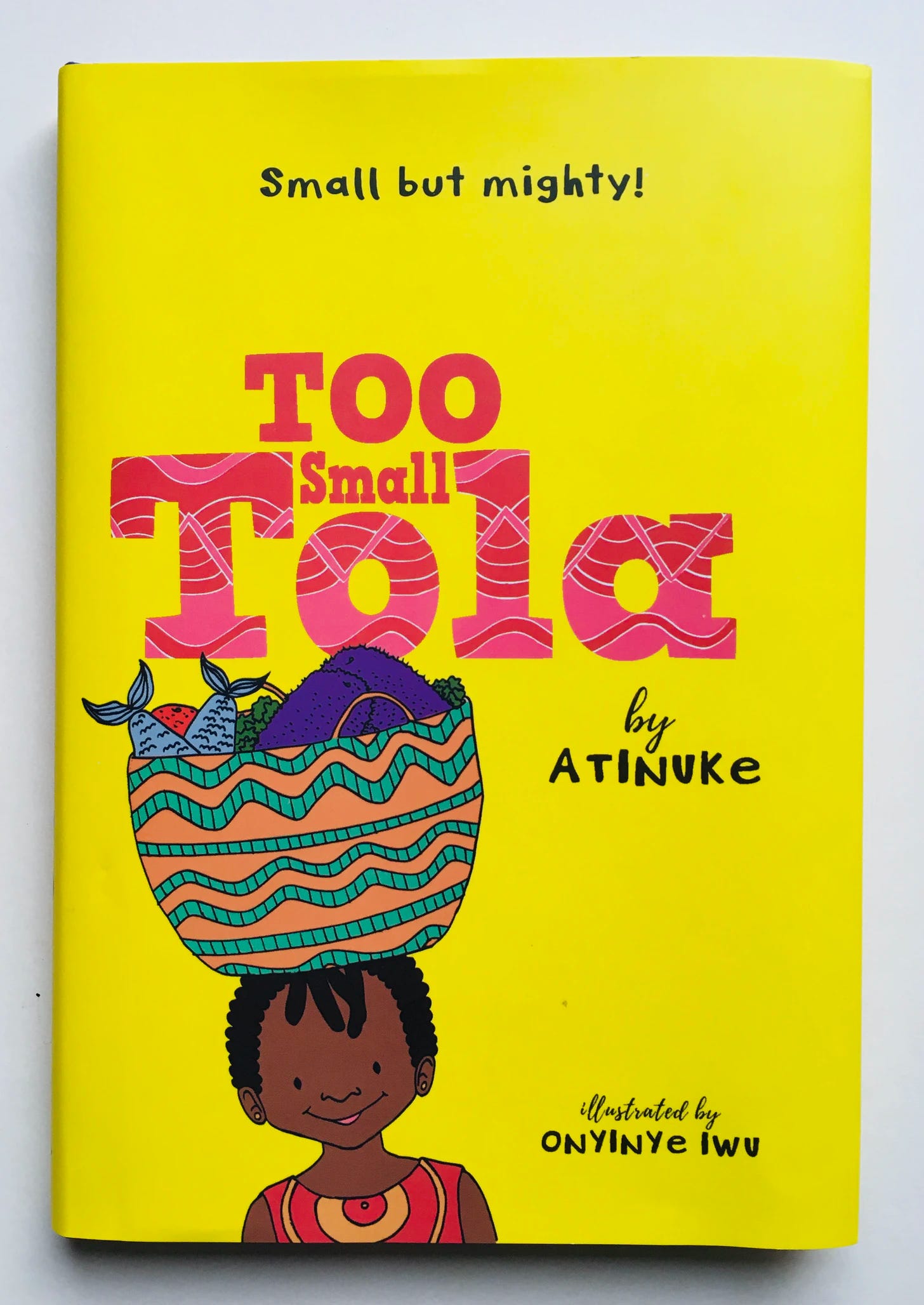
Thanks for much for the opportunity to contribute to your fantastic newsletter, Randee! I appreciate all the hard work you and your fellow teachers put into the kindergarteners in your care, including introducing them to reading -- the mechanics *and* the joy. It matters.
Love seeing this collaboration!